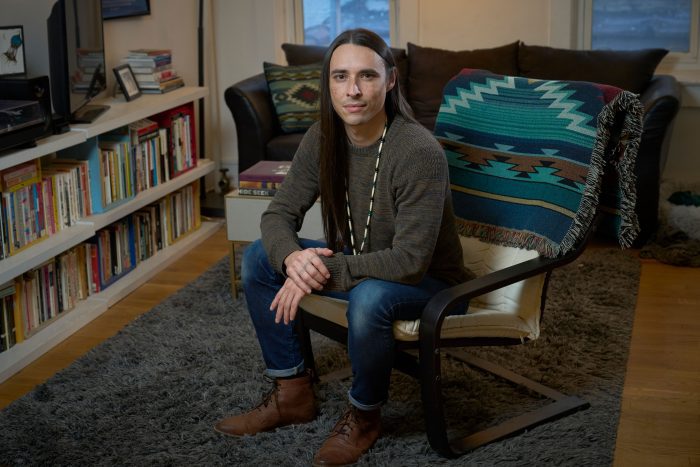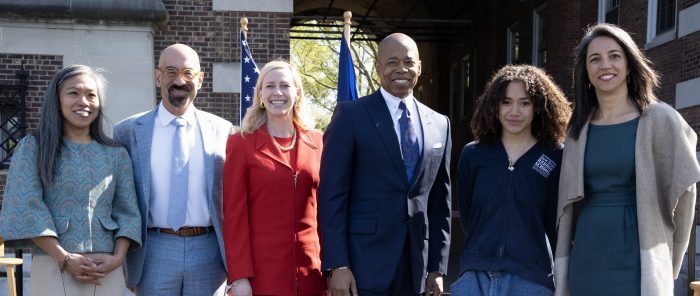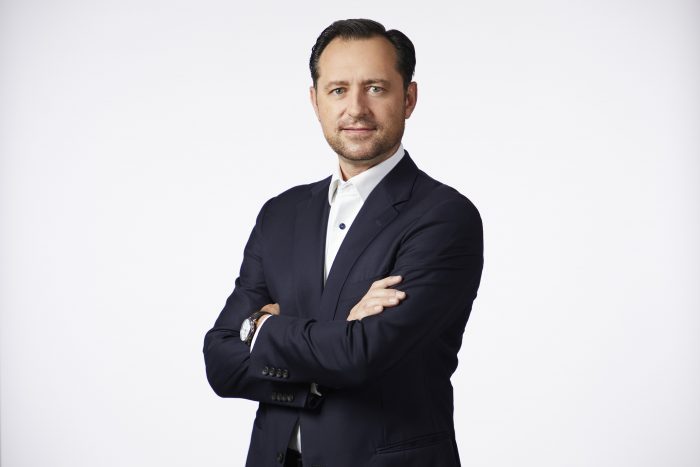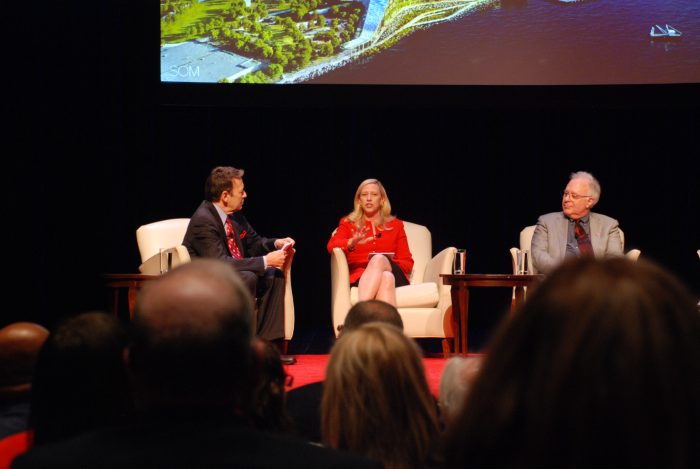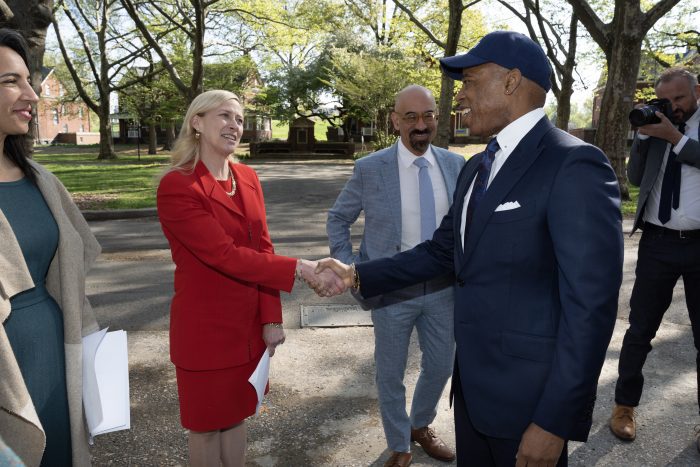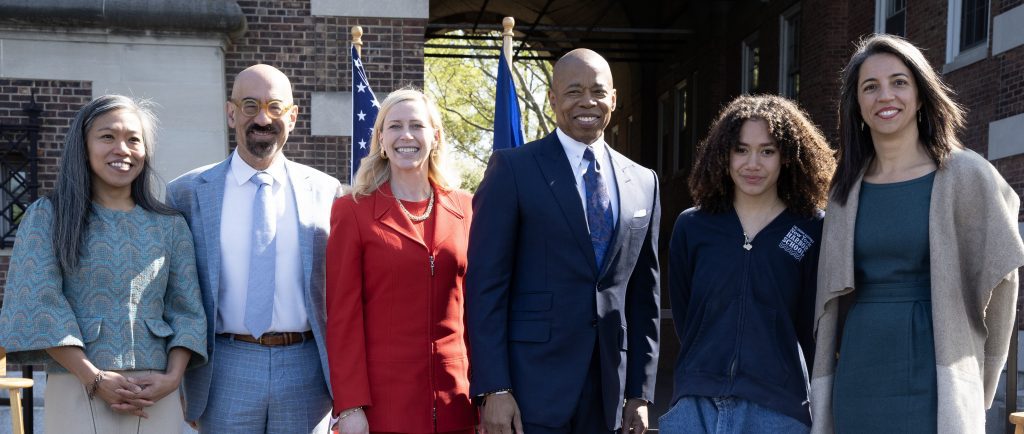Stony Brook University named Joseph Pierce, associate professor in the Department of Hispanic Languages and Literature, the inaugural director of a Native American and Indigenous Studies effort as the university plans to hire three new faculty in this nascent undertaking.
Next year, the southern flagship school of the State University of New York plans to add staff in the English Department, Women’s Gender and Sexuality Studies and Anthropology.
“I have been eager for this to start,” said Pierce, a member of the Cherokee Nation who has been at the university for a decade. “We have so much to contribute to broader discussions that are happening around the world. The university is better by including Native American studies.”
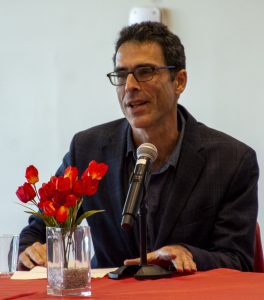
Andrew Newman, professor and current chair of the Department of English, who is also chair of a committee advising Axel Drees, interim dean of the College of Arts and Sciences, described Pierce as having a “real national profile,” adding that he was the “right person to be the founding director.”
Starting next fall, students at the university can minor in Native American and Indigenous Studies, where they can study the history, art, social and political interests, languages and cultures of Indigenous peoples.
The focus on Native American Studies will emphasize transdisciplinary topics such as environmental justice and sustainability.
Earlier this year, Stony Brook won a competition to develop Governors Island as a climate solutions center [See story, “SBU will develop $700M climate center on Governors Island,” April 26, TBR News Media].
Indigenous scholars should have a “seat at the table,” said Newman, “as they are globally one of the demographics most impacted by climate change.”
Islands in the Pacific are disappearing, Guam is undergoing “significant environmental degradation,” and fires in the Pacific Northwest and leaking pipelines in the United States and Canada are “disproportionately affecting Indigenous peoples,” Pierce added.
Indigenous groups relate to the land in a way that’s different from others, approaching it as stewards and caretakers, Pierce said.
“We see land as a relative,” he noted. “We’re asking very different questions about what it means to care for a place and to care for the environment and to care for the life that sustains it.”
The New York City government proposed plans for flood relief on the lower East Side of Manhattan in the event of future storms like Hurricane Sandy. The proposals included building massive walls and raising elevated platforms, including clearing thousands of trees.
Numerous indigenous groups objected and protested against such plans, Pierce said.
In an email, Carl Lejuez, Stony Brook University’s provost, suggested that a significant piece of Governors Island is climate justice, so the link between the Governors Island effort and indigenous peoples “fits naturally with the goals of the New York Climate Exchange.”

Lejuez credited Drees as a “driver of this in collaboration with Professor Pierce.” Lejuez added that his office is “definitely providing support to see it come to fruition.”
The most crucial component in the start of this effort is hiring faculty.
“If we build the core faculty across the university, we can definitely consider expanding research and curriculum opportunities,” Lejuez wrote.
Student interest
Students from the Anthropology Department recently invited Pierce to give a talk about some of his current research.
“It was evident that a lot of them have an interest in working toward understanding humanity, what it means to be human,” he said. They also have an understanding of how anthropology as a discipline has sometimes historically “adopted rather unscientific and proto-eugenic methods” in describing and analyzing Indigenous Peoples.
Students are eager for an alternative perspective on the acquisition and acceptance of knowledge.
Pierce believes students have considerable interest in Native American Studies. His courses about Latin American indigenous populations are full.
“There are numerous students who are interested in Native American and Indigenous studies but don’t quite have a cohesive plan of study that’s available to them,” Pierce said. “This is remedying that disconnection.”
Long Island students grow up in numerous towns and communities with Native American names, such as Sachem, Wyandanch, Montauk and Setauket.
Newman added that the staff hopes the new effort can do some “outreach to local schools and provide professional development with kindergarten through 12th-grade teachers. It would be an important mission for the university to educate Long Island as a whole about Native culture.”

